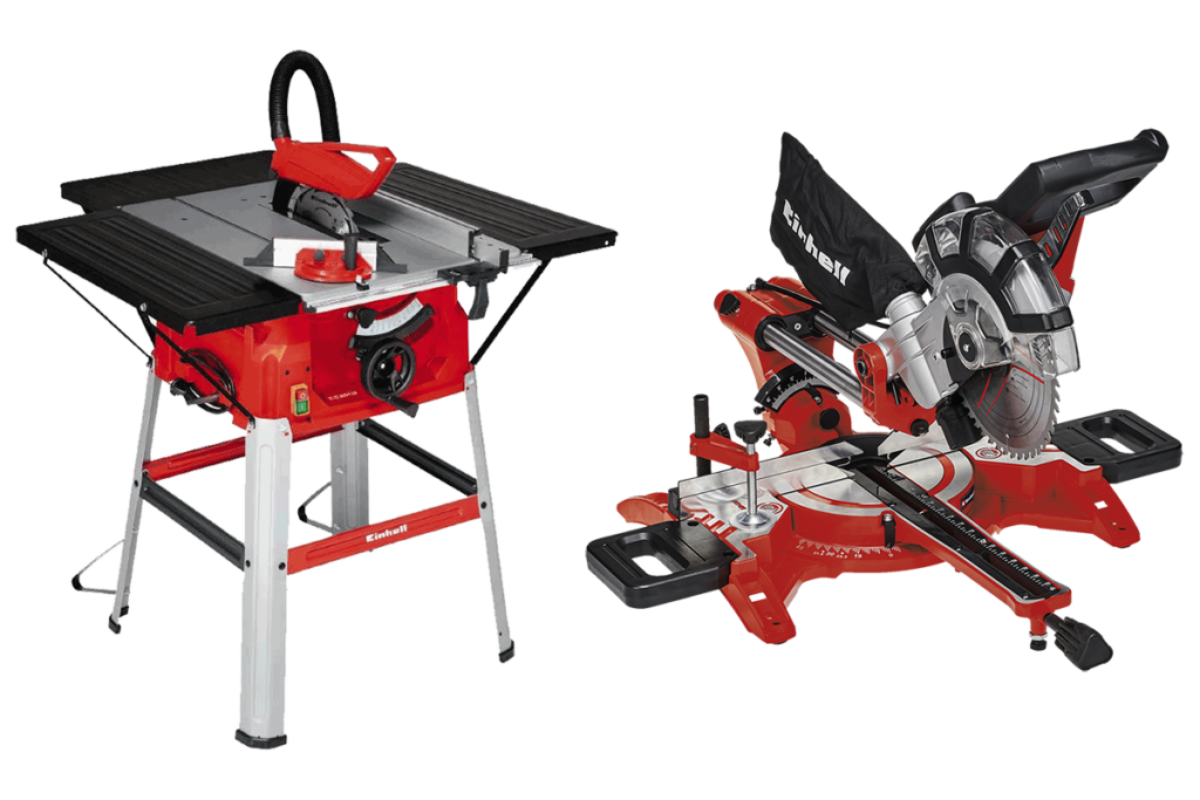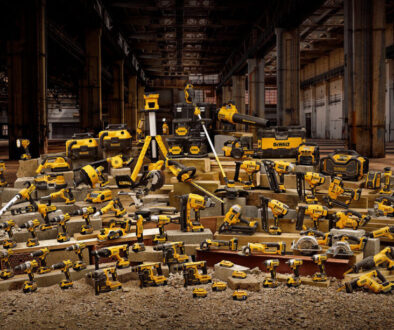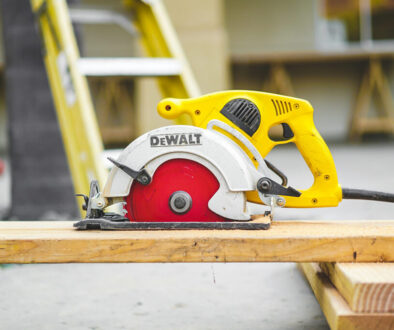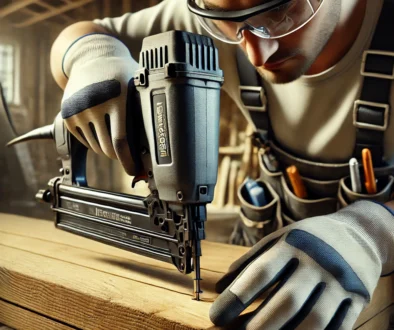Table saw vs mitre saw
Choosing between a table saw vs mitre saw depends on the type of woodworking projects you plan to tackle and the specific cuts you need to make. Here’s a comparison to help you decide which tool might be best for your needs:
Table Saw
Advantages:
- Versatility: Excellent for making straight cuts, rip cuts (cutting along the grain), crosscuts (cutting across the grain), and bevel cuts. It can handle a wide range of materials and sizes.
- Cutting Capacity: Can cut larger pieces of wood and sheet goods, like plywood and MDF, due to its larger table surface and extended fence.
- Precision: Equipped with a fence system and miter gauge, allowing for precise and repeatable cuts.
- Types of Cuts: Capable of performing dado cuts (grooves) and rabbets (notches) with the right blade and setup.
Disadvantages:
- Size and Portability: Generally larger and heavier, which makes it less portable compared to a miter saw.
- Setup Time: Requires more setup for certain cuts, such as changing blades or adjusting the fence.
- Safety: The blade is exposed, so proper safety measures are essential to prevent accidents.
Miter Saw
Advantages:
- Precision: Ideal for making accurate crosscuts and miter cuts (angled cuts) quickly and easily. Often used for trim work, molding, and framing.
- Portability: Typically more compact and easier to transport compared to table saws, making it suitable for job sites and tight spaces.
- Ease of Use: Generally easier to use for angled cuts and repetitive crosscuts. Many models come with a laser guide to improve accuracy.
Disadvantages:
- Limited Cut Capacity: Usually has a smaller cutting capacity compared to a table saw, making it less suitable for large sheet goods or wider boards.
- Specialization: Primarily designed for crosscuts and angled cuts, not as versatile for different types of cuts or larger pieces of material.
When to Use Each:
-
Table Saw:
- When you need to rip large sheets of wood or make precise, long cuts.
- For projects requiring versatility in cut types and sizes.
- Ideal for creating dados, rabbets, and other specialized cuts.
-
Miter Saw:
- When you need to make accurate crosscuts or angled cuts, such as for trim work, moldings, and framing.
- For smaller pieces of wood or when working in confined spaces.
- When you need quick and precise miter cuts for picture frames or decorative work.
Conclusion:
Both tools have their strengths and ideal use cases. If you need a versatile tool that can handle a range of cuts and large materials, a table saw is the better choice. If your projects focus on precision cuts for trim work, angles, and smaller pieces, a miter saw might be more suitable. Many woodworking shops benefit from having both tools to cover a wider range of tasks effectively.
Recommended by Tool Guide Pro
No products found.
No products found.




